Mirror Effect
Vsevolod Tarasevich, Alexander Abaza, Alexander Rodchenko, Alexander Grinberg, AES+F, Antanas Sutkus, S. Mishin-Morgenstern, O. Mertsedin
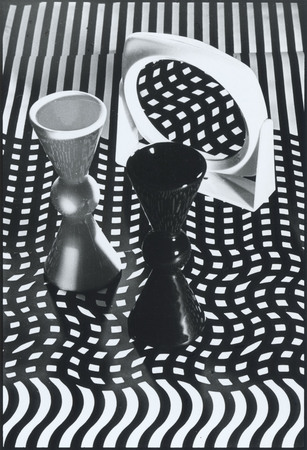
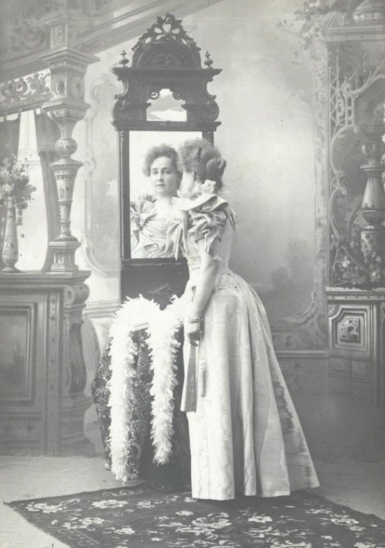
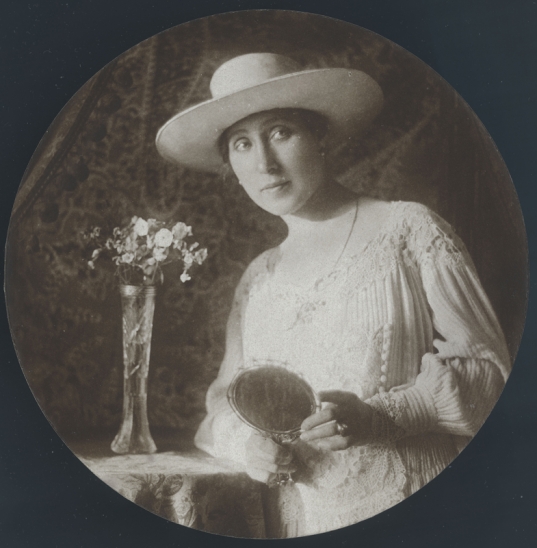
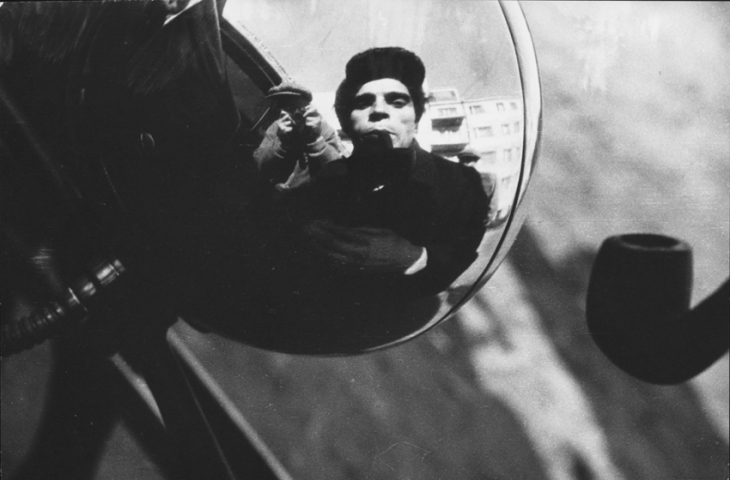
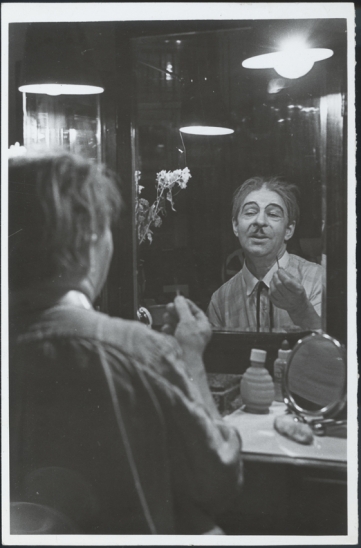
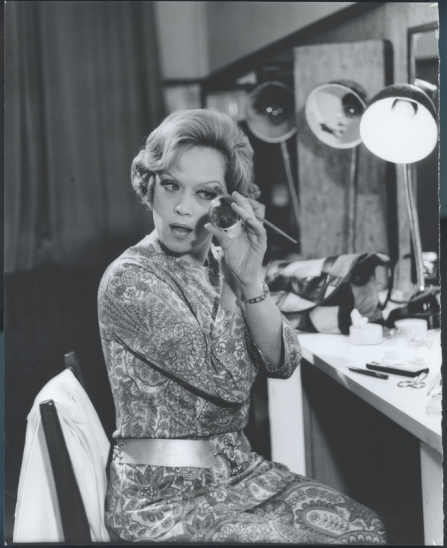

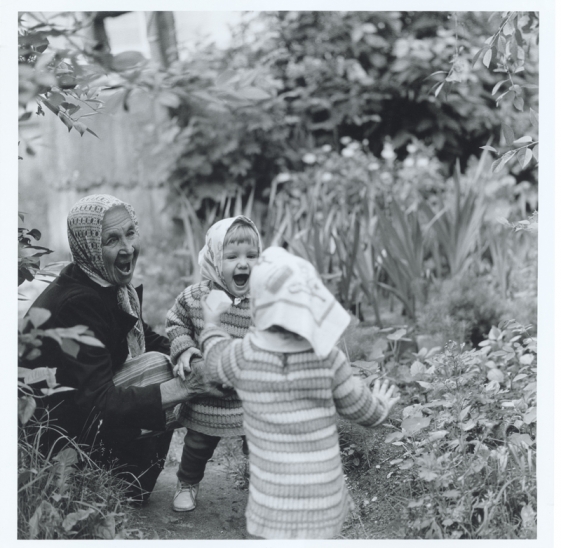
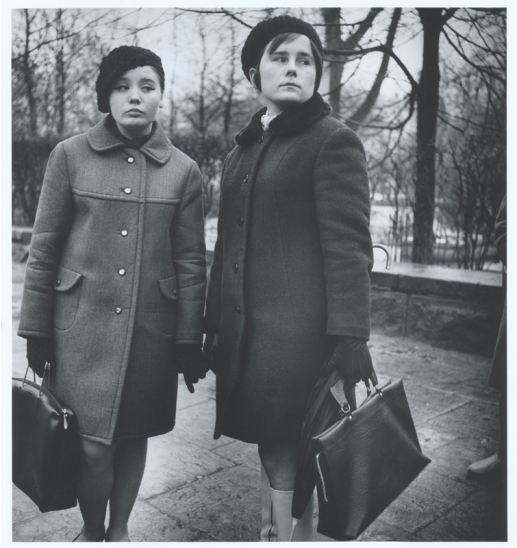
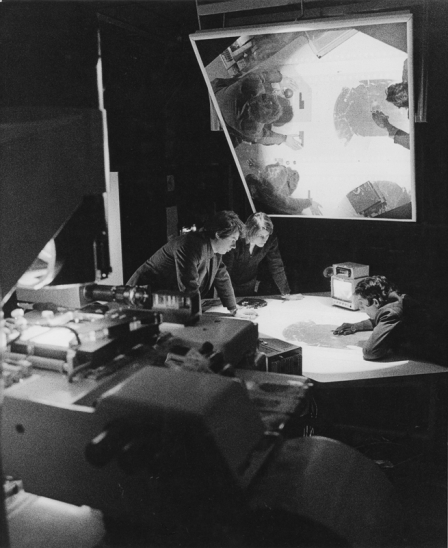
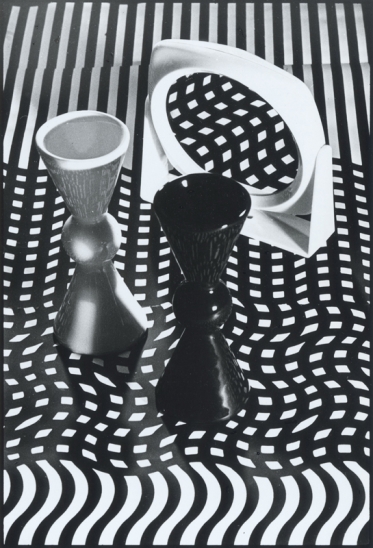
Still life
Portrait of young lady by mirror
Portrait of young woman
Portrait of driver
Clown Karandash (Pencil)
Alisa Freindlich
From Rich boy series
Twins
Students
At physical lab
Still life
Moscow, 31.03.2011—10.05.2011
exhibition is over
Zourab Tsereteli Gallery of Fine-Arts
19, Prechistenka street (
opening hours: 12:00 - 20:00, Friday 12:00 - 22:00, Sunday 12:00 - 19:00, day off - Monday.
Tel: + 7 (495) 637-25-69
Share with friends
Curator: Olga Annanourova
From the Collection of “Moscow House of Photography”
From the Collection of “Moscow House of Photography”
For the press
The mirror is an object impervious to the eye and unseen by the camera. An image of a mirror as such is impossible, and on the surface there always remains only the reflection -151; an elusive effect that presents the opposite position of things. Mirrors are contradictory, providing an opportunity to view oneself, on the one hand creating a likeness, ultimate verisimilitude, while simultaneously offering an outside view, the view of ▒another▓, establishing a distance between the image and the ▒original▓. The reflection never coincides with the original, right and left always change places, and in the end this reversed image finds more differences than similarities. Photography occurs on a polished, almost mirror-like metallic plate (daguerreotype). Despite the early imperfection of photographs, viewers admired the exactitude and superlative resemblance of the image, and hence almost from the moment photography first appeared it has been compared to a mirror, a comparison that has become something of a stereotype, but which has never lost its relevance. At the same time photography treats the mirror as a subject that doubles the reflection. In this project using images from the collection of the Moscow House of Photography Museum we try to observe how the mirror and the reflection effect can be recorded in photographs, although they cannot actually be seen. In many respects continuing the tradition of painting, in photography the mirror becomes a meaningful detail of the portrait, playing various roles in the image. In some cases, as in studio shots from the early 20th century, reflection is the most important element of the portrait. In the photographs of Alexander Grinberg a mirror often remains as ▒background▓ but is nonetheless an important attribute. Reflection as a photographic technique was developed anew by the avant-garde. In the Alexander Rodchenko images on show it becomes a game, with both optical effects and colour. Paradoxically, reflection became part of the new language of photography and its appearance reduced the importance of the photograph as a copy or likeness. Experiments with angles, techniques, optical illusions -151; all these avant-garde methods led photography away from direct portrayal and comparison with the mirror. In time reflection became established as a kind of photographic cliche, in both professional and amateur practice. Contemporary art continues to use this well-tried method. Portraits with a reflection can be found in the work of Vita Buivid, Evgeny Mokhorev, Sergei Chilikov and the AES+F group. A mirror is also included in the frame in photographs from Vladimir Mishukov▓s series ▒Cult of the Family▓, with a reference to early portraits in an interior. In addition to the portrait, one of the most popular photographic subjects is ▒before the mirror▓: actors make up for the stage, women adjust their hair, try on a hat or apply cosmetics. The photographs of Semyon Mishin-Morgenstern, Oleg Mertsedin, Vsevolod Tarasevich and Alexander Zabrin present us with the mirror as an instrument for creating images. Perhaps the most curious pictures among them occur where we cannot directly see the edges of the mirror or frame, but guess their whereabouts by the angle of vision. This indirect presence of something obvious reveals an object that it is impossible to see as such. Likenesses, reflections and repetitions manifest themselves outside the mirror surface, too. Photography has a unique ability to record and portray: twins, doubles, the duplication and multiplication of objects that so often attract the attention of photographers create a mirror effect. The double portraits of Antanas Sutkus and repetitive elements in shots by Alexander Abaza produce the same effect, once again discovering a coincidence between the mirror and photography and allowing us to see the mobility of the division between a direct and opposite image, a copy and its original, similarity and diversity.



